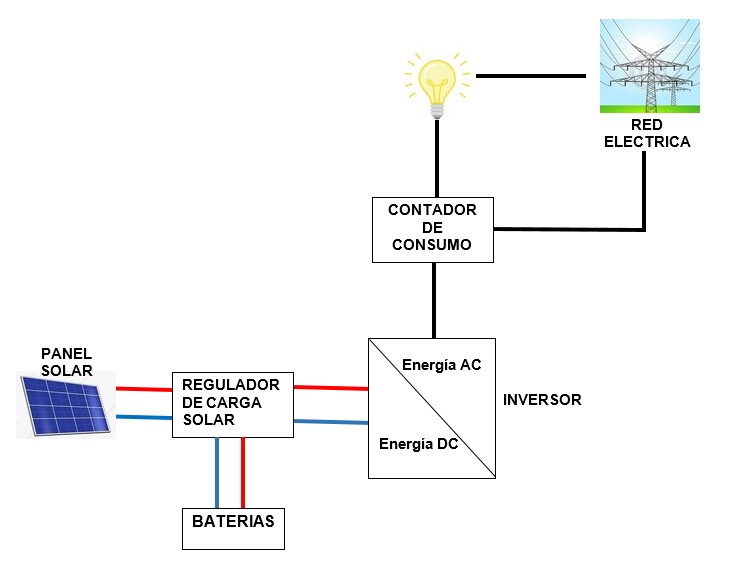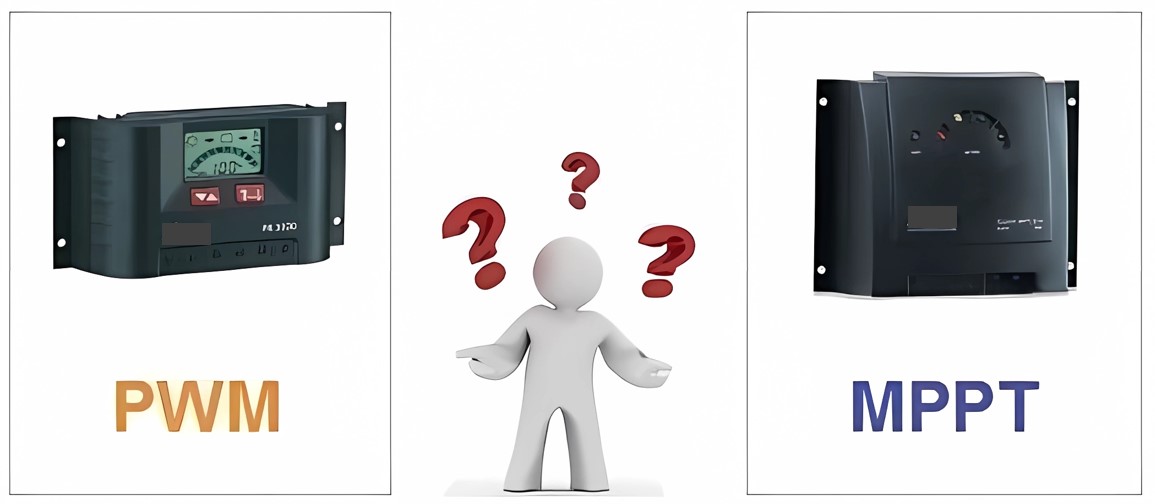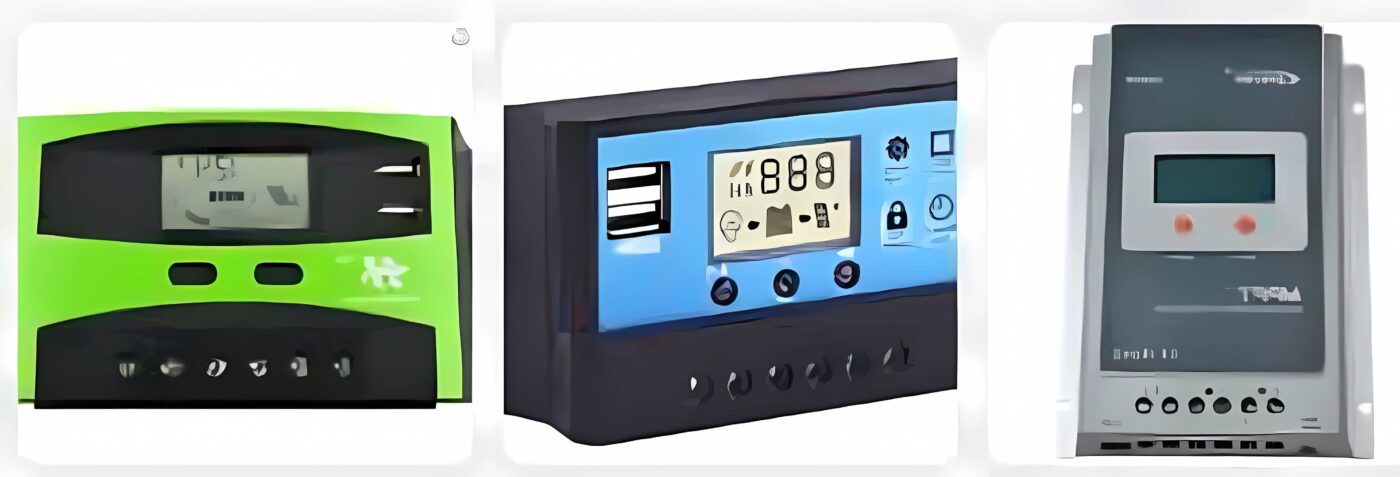Photovoltaic systems are an excellent alternative for cheap and inexhaustible electricity. However, the initial investment can be substantial. That’s why in this article, we present which solar charge controller will be more cost-effective for your budget.
We invite you to read the post The solar panel and wiring for an affordable solar power system for your home. It is the beginning of a series of articles where we provide an analysis of what you need to have an affordable photovoltaic system.
What is the solar charge controller?
This element is also called a ‘solar charge controller’.Which manages the energy coming from the solar panels. It conditions the voltage for use by the inverter
If you have batteries in your system, it manages the electric current reaching them for charging and maintenance, protecting them against overcharges and deep discharges. Hence its necessity.
It is placed at the cable end opposite to the solar panels, before the inverter and batteries. You can see this in the lower image.

The types of solar charge controllers
According to its operating technology, the solar charge controller can be:
- Pulse Width Modulation or PWM
- Maximum Power Point Tracking or MPPT
To learn more about them, check out our posts The solar charge controller: what it is and how it works and Types of solar charge controller and benefits. They will surely clarify all your doubts regarding this equipment.
The loads that will power my affordable solar power system
In previous articles, we have determined that the panel to be used will be 500 W and 12 Vdc. Estimating that you will obtain a maximum of 400 W at the inverter output due to factors such as solar incidence, inverter efficiency, among others.
Similarly, in the article Battery for an affordable solar power system, we specified that we would take 130 W for battery recharging. If we include this component in our system.
So, in the end, we will have about 270 W, which is sufficient to power several low-consumption devices. An example of this includes:
- 3 light bulbs of 10 W each: 3 x 10 = 30 W
- 1 LCD TV: 100 W
- 2 chargers for cell phones or other similar low-consumption devices: 20 x 2 = 40 W
- 1 Modem with WIFI: 20 W
- 1 Laptop: 80 W
Of course, you can substitute one device for another, and you can even modify the wattage to be used. All of this is explained in our series of posts for an affordable photovoltaic system.
Starting with the article The solar panel and wiring for an affordable solar power system for your home. Don’t miss it!
What DC/AC inverter is suitable for my affordable photovoltaic power system?

For this selection, you should consider the following variables that depend on the power you handle. In our case, we will consider the maximum power that the panel would provide at full performance, which is 500 W. So:
a.- Maximum current to handle, for its calculation, consider that we recommend 24 Vdc solar panels. These panels operate at a typical voltage of 18 Vdc, where the solar panel give sits maximum current. Then, this last one will be:

For the determination of the solar regulator’s capacity, a 25% reserve is taken into account. This way, the selection current will be:
IS = 1,25 x 22,8 A = 34,7 A
So, you should use a regulator that can handle 40 A, which is the nearest commercially available value rounded up.
b.- Technology. We will base our decision on our article The solar charge controller: what it is and how it works and Types of solar charge controller and benefits.
In it, it specifies that PWM technology, which is the most economical, is very efficient. This is as long as the photovoltaic system it is a part of has a capacity less than or equal to 2000 W.
c.- Voltage level. A device within the nominal range of 12 Vdc at the output will be used. Additionally, it should support nominal 24 Vdc at the input.
Defining the capacity
The current at the output will depend on the load in use at the moment and the battery capacity. Although we know its maximum power will be 400 W. To obtain the maximum current value, you need to divide this power by the voltage supplied by the device.
In summary, for an affordable solar power system, you would need a solar charge controller with PWM technology. It should handle 24 Vdc with a capacity of 40 A at the input. At the output, it should regulate to 12 Vdc. This equipment has an approximate cost of $30 to $35.
Concluding…
As you can see, a proper selection of the solar regulator allows you to power your loads very efficiently and affordably. While also extending the lifespan of your battery.
See how your system will look in our next post titled Features and cost of your affordable photovoltaic system. Don’t miss it!
In the energydcac blog, you’ll find very interesting and useful content about different AC, DC, and alternative energy sources. Enjoy!
Also, if you have any doubts, feel free to contact us and ask. We’ll be happy to respond.

